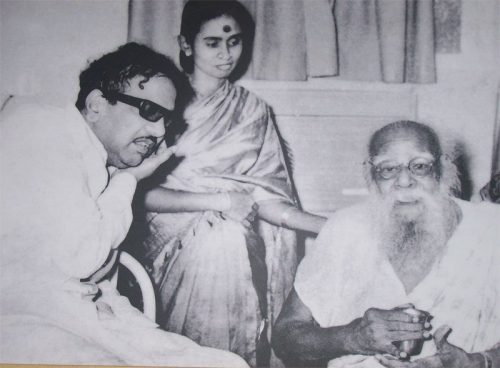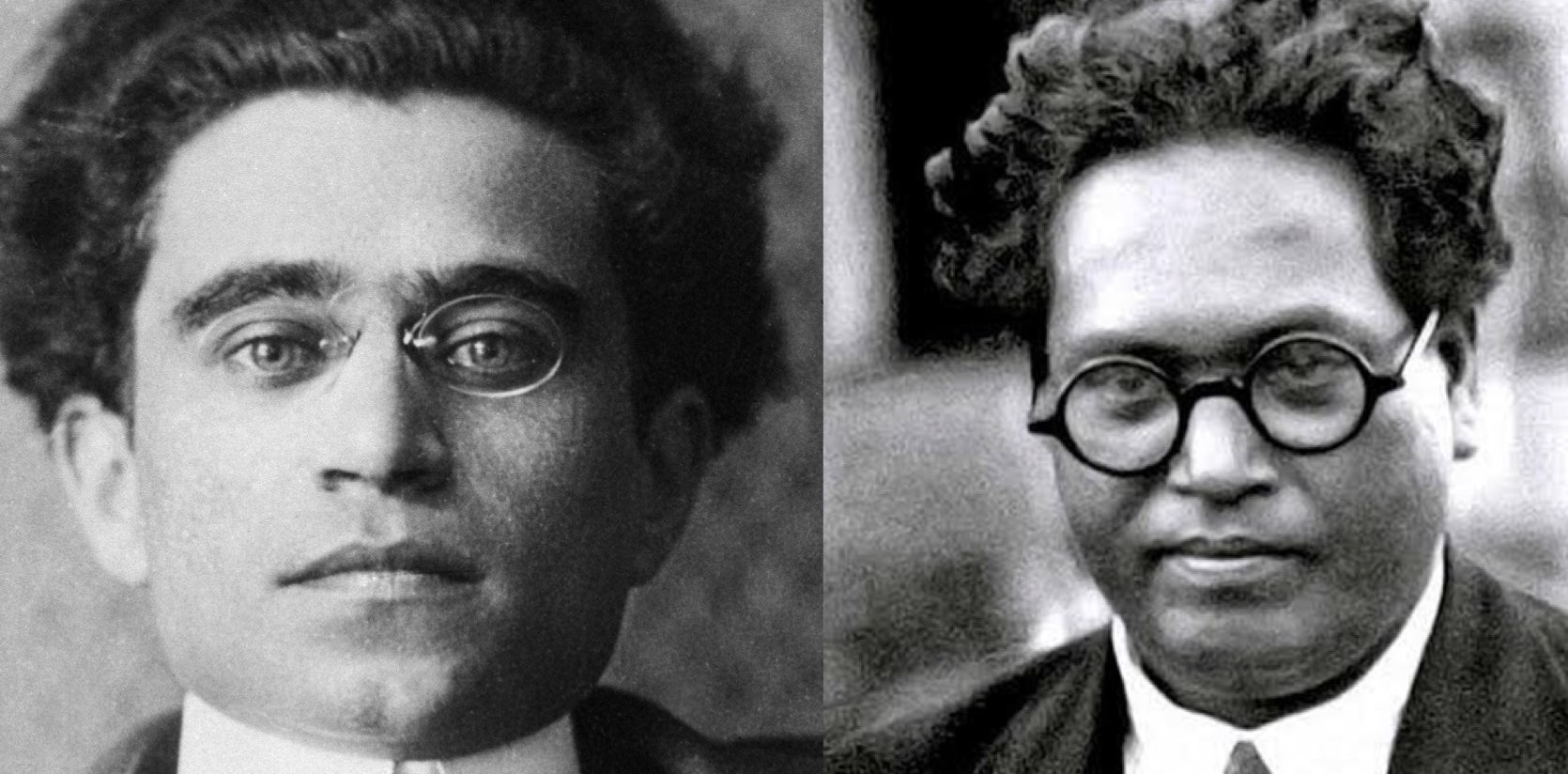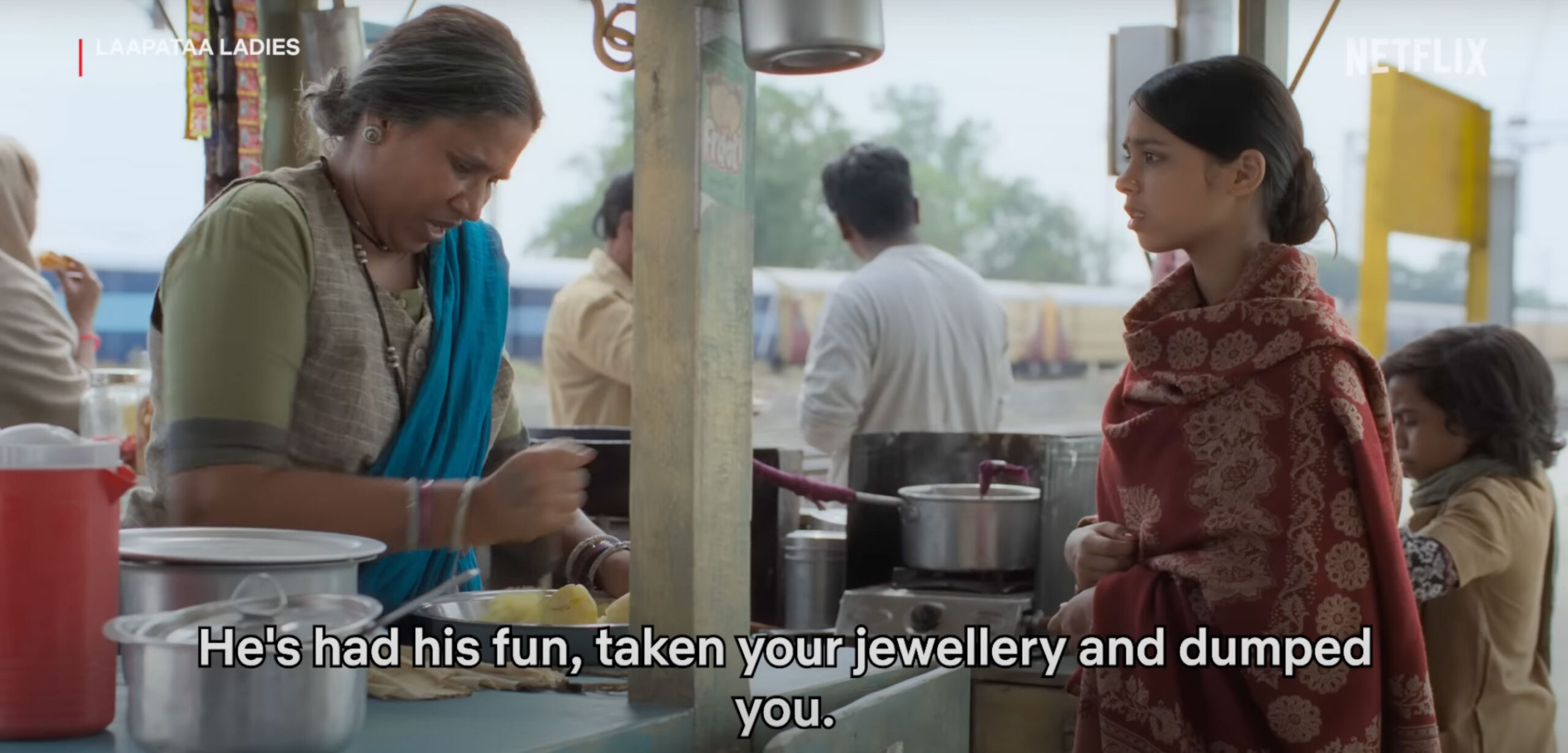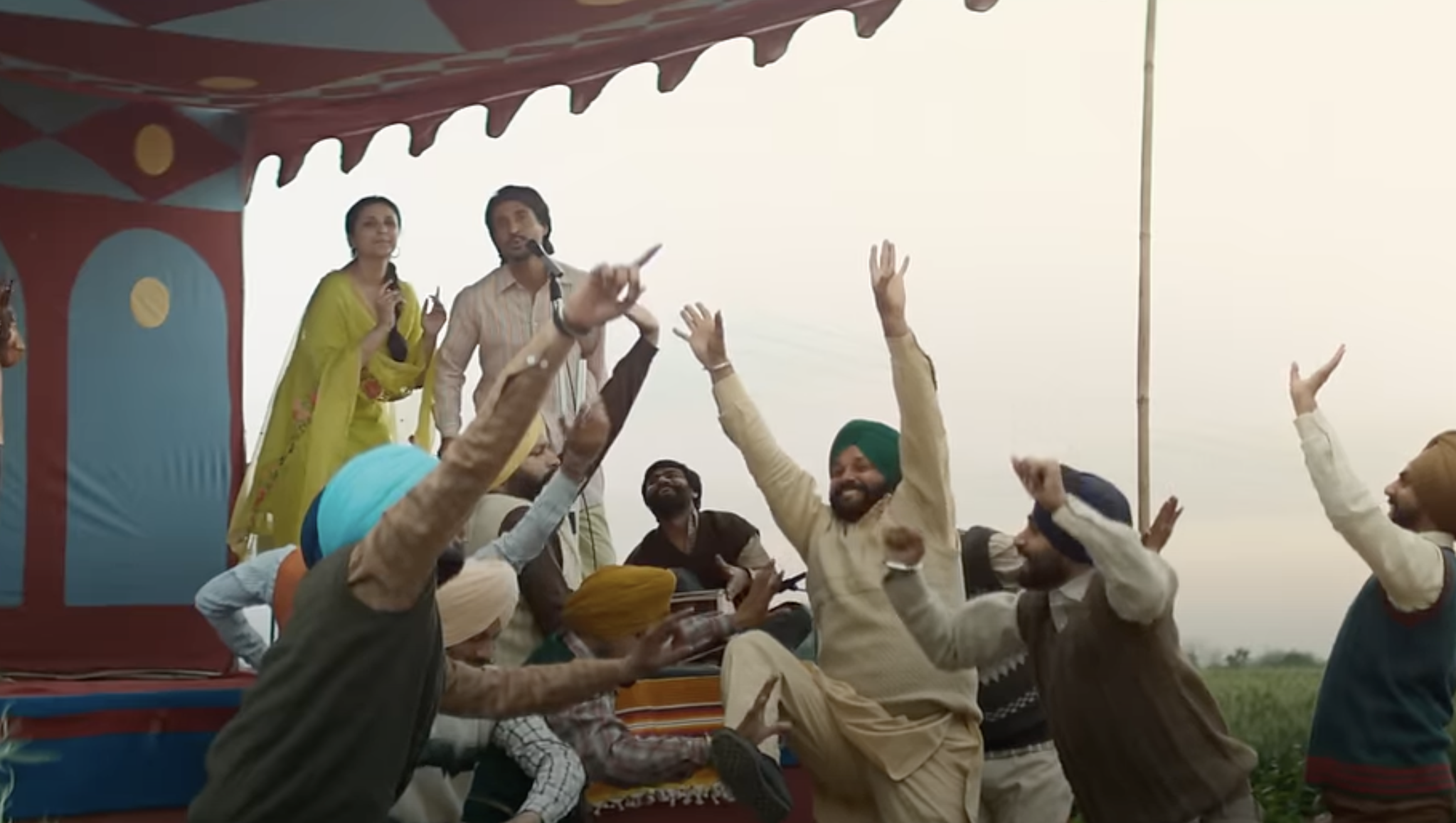
Around 700-600 BC, there were non-Brahmin uprisings against the imposition of Vedic culture by the immigrant Aryans. Groups like Parivirajakars and Logayathas initiated an intensive campaign against Vedic rites and rituals. Leaders like Kanathar, Kabilar, Buddha and Mahavir, along with hundreds of anti-Vedic organizations, such as Buddham, Sramanam and Achivagam, joined the campaigns for social justice.
On the other hand, rulers such as Cherra Imayavaramban Neduncheralathan, Chozha Perunarkilli and Pandia Palyagasalai Muthukudumi Peruvaluthi favoured the Aryans and adopted the Vedic culture. The rulers donated large areas of land, cash and gold to Brahmins for conducting “yagnas”. Soon, Brahmins became powerful advisers (rajagurus) to the rulers.
Elements of Buddhism and Sramana tradition can be found in the Sangam literature compiled between 2nd century BC and 1st century AD. Poetic works like Madurai Kanchi and Pattinappallai describe how well the schools of Buddhism and Sramana traditions functioned in Tamil Nadu. These anti-Vedic traditions are evident in Manimekalai and Kundalakesi, which are counted among the five great epics of Tamil literature.
Rajagurus to bureaucrats
When the British came, their Montague–Chelmsford reforms led to a “dyarchy” system. Brahmins in Madras Presidency continued to occupy the high places in the social hierarchy as they reinvented themselves through their presence in the administrative services (ICS), political parties, the print media, education and so on. Thus denied of all social, economic and political rights, non-Brahmins (sudra, panjma) were forced to fight for social justice. The prominent non-Brahmin political leaders of the time, Dr Nateasan, Dr T.M. Nair and Sir P. Theagarayar, held a series of meetings and conferences and formed the South Indian Liberal Federation on 20 November 1916.
In 1920, the South Indian Liberal Federation, renamed the Justice Party, won the first direct elections in the Madras Presidency and formed the government. This party remained in power for the next 16 years. On 16 September 1921, the government announced reservation in jobs for non-Brahmins, although the order was implemented only in 1928 by Muthaiah Muthaliyar.
Periyar and the Justice Party
Periyar founded the Self-Respect Movement in 1925. While this movement stayed away from electoral politics, it provided guidance to the ruling Justice Party. Periyar published magazines such as Kudiarasu, Puratchi, Pagutharivu and Revolt. He wrote articles to sensitize the public on how they were being exploited and marginalized in the name of Vedas, Sastras, belief in god, rites and rituals. He worked hard to legally secure social justice for non-Brahmins, including through reservation. When the Justice Party was in power, the chief minister used to hold frequent consultations with Periyar.
The Justice Party’s rule is remembered not only for reservation but also for the proclamation of Dalit rights through government orders, namely their rights to enter Hindu temples, walk in the main streets, travel by bus, enter theatres and drink water from public ponds. Discrimination in education was outlawed. In addition, this government implemented a free-lunch programme for students of municipality schools and permitted women to vote and contest in elections.
The profits earned from the Hindu temples used to be divided between the Brahmins. The Justice Party’s government was the first in India to create a Hindu religious and charitable endowment trust that would manage the money from the temples and spend on government’s welfare programmes.
After “Independence”
In 1935, Periyar appealed to the state government to implement reservation in all central-government institutions located in the Madras Presidency as it was done in the state government institutions – that, is to reserve 14 per cent of the positions for the Brahmins, 44 per cent for non-Brahmins and 14 per cent for the Dalits. Then chief minister, Raja Sir Bobbili, forwarded the appeal to the central government. Through the concerted efforts of Periyar and Raja Sir Bobbili, 72 per cent reservation in central government institutions came into effect. This historical government order was in place as long as the British were in power. But soon after India became “independent”, Indian brahmanical administrators withdrew the order.
Periyar had already predicted that this would happen. He had written two articles in a daily called Viduthalai: One was titled “15 August – Dawn of a New Era for Varnashrama Governance” and the other, “August 15 – British-Bania-Brahmin Contractual Day”.
First Amendment in the Constitution
It was the year 1950. A Brahmin woman, Shenbagum Duraisami, was denied admission to a medical college because she didn’t fall within the age limits prescribed for the course. Duraisami blamed reservations for her predicament and petitioned the Madras High Court to scrap them. On 28 July, Madras High Court ruled in her favour. Later, even the Supreme Court turned down an appeal against the verdict. Reservations were thus abruptly withdrawn. It is noteworthy that Alladi Krishnaswamy Iyer, who had been a member of the Constituent Assembly, was Shenbagum’s counsel in the case.
Within a week of the Madras High Court’s judgment, on 6 August 1950, Periyar appealed to the people of the Madras state to fight to regain their rights. The people responded with protests all over the state. Periyar organized a general strike on 14 August 1950. It turned out to be a huge success. He also approached Sardar Vallabhbhai Patel to reclaim the communal reservation rights. The government listened, and an amendment was inserted in the Indian Constitution under Article 15 (Prohibition of discrimination on grounds of religion, race, caste, sex or place of birth). Clause 1 of Article 15 says: “The State shall not discriminate against any citizen on grounds only of religion, race, caste, sex, place of birth or any of them.” Similarly, Clause 2 of Article 29 says, “No citizen shall be denied admission into any educational institution maintained by the State or receiving aid out of State funds on grounds only of religion, race, caste, language or any of them. The Clause 4 inserted in Article 15 says, “Nothing in this article or in clause (2) of Article 29 shall prevent the State from making any special provision for the advancement of any socially and educationally backward classes of citizens or for the Scheduled Castes and the Scheduled Tribes.”
Periyar thus managed to put in safeguards in the Constitution against reservations being sabotaged again by brahmanical cunning. If that clause of thirty-odd words hadn’t been inserted, generations of Tamils would have been kept out of the education system and there wouldn’t have been a precedent for the rest of India to follow and actually begin implementing reservations for all the socially and educationally backward classes. Now, thanks to Periyar, generations more of the Indian backward classes will get an education.
Published in the January 2016 issue of the FORWARD Press magazine





